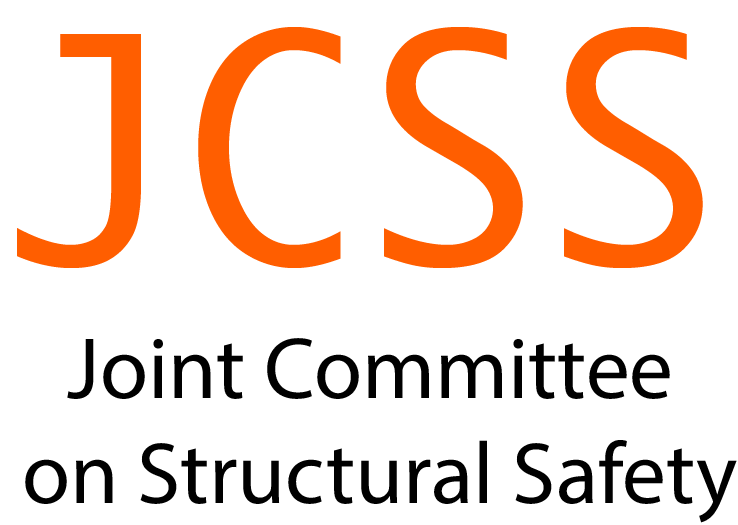Session IV - Probabilistic Methods¶
Moderator: John Sørensen
Aim of the Session¶
Probabilistic methods are important in assessment of existing structures, both in direct analysis and assessment of the reliability, and as central tools for application of risk-informed and semi-probabilistic methods. Application of probabilistic methods require among others that limit state equations can be formulated for relevant limit states and that stochastic models can be established using all available information collected for the existing structure. The objectives of this session is to present challenges, potentials and examples for the use of probabilistic methods for assessment of existing structures.
A Showcase of a Reliability-Based Approach to an Existing Offshore Steel Structure¶
by Matthias Schubert, MATRISK, Switzerland
The Siri platform (mobile production unit with storage) was originally designed with a minimum fatigue life to 60 years. However, after 10 years production fatigue cracks were discovered which initiated a reassessment of the structure. For the reassessment a probabilistic fracture mechanics approach was used. Taking basis in the global wave load modelling and detailed Finite-Element Models of the structure the stresses and fatigue cycles at existing cracks and hot spots are modelled in a probabilistic manner. The failure probability of the cracks over time is calculated and predictions of the crack growth are made. Through detailed analysis and strengthening of the structure, Siri is today still producing. This application showcases that reliability-based methods can help to assess existing structure and help to ensure that they are save and fit enough for purpose.
Probabilistic Principles Applied in fib Model Code 2020¶
by Agnieszka Bigaj-Van Vliet, TNO, The Netherlands
Work has been underway in fib (Fédération Internationale du Béton) aimed at advancing the fib Model Code for concrete structures. The fib MC2020 is envisaged as a single-merged general code, fully integrating the provisions for the design of new concrete structures with matters relating to existing concrete structure. As such, the fib MC2020 needs to deal effectively with both the design of structures and all the activities associated with the through-life management of existing concrete structures, including matters such as their in-service assessment and interventions upon them. With regard to provisions related to structural performance, the fibMC2020 consistently adopts a safety philosophy based on reliability concepts, that takes advantage of better knowledge and understanding of uncertainties and the risk acceptance and risk differentiation concept for both new and existing structures. Moreover, fib MC2020 aims to allow for taking full advantage of information that can be acquired by (in situ) testing and monitoring of existing structures, for the through-life management of existing concrete structures including prediction and updating of reliability and durability of deteriorating structures. During the workshop, probabilistic principles applied in fib Model Code 2020 will be discussed, based on the current stage of the development and consensus within fib TG10.1.
Capacity Upgrade of Existing Bridges by Probabilistic Methods¶
by Joan Roldsgaard, RAMBØLL, Denmark
An example of capacity upgrade of an existing highway bridge in Denmark by using reliability-based classification is presented. The bridge failed to demonstrate adequate capacity for the combined shear and torsion limit state. By employing probabilistic models for both the capacity and load models the bridge where upgraded from rating to carry a 70t vehicle to a 115t vehicle, hence, extensive strengthening was avoided and a highly economical and sustainable solution was reached.
